#virginia gardner edit
Explore tagged Tumblr posts
Text





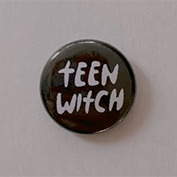



KAROLINA DEAN X NICO MINORU (MARVEL)
#marvel#marvel edit#marveledit#mcu#mcu edit#mcuedit#karolina x nico#karolina dean#karolina dean edit#karolinadeanedit#nico minoru#nico minoru edit#nicominoruedit#lyrica okano#lyrica okano edit#lyricaokanoedit#virginia gardner#virginia gardner edit#virginiagardneredit#moodboard
39 notes
·
View notes
Text


VIRGINIA GARDNER via Instagram
#virginia gardner#virginiagardneredit#vgardneredit#blondessource#thequeensofbeauty#flawlessbeautyqueens#flawlesscelebs#dailycelebs#womenofmcu#runawaysource#usermegara#uservix#useralyssas#userthing#userladiesblr#userladiesofcinema#marvelcastedit#*#edits#carolina
276 notes
·
View notes
Text



VIRGINIA GARDNER —ph. Mack Breeden (December 2023)
#virginia gardner#vgardneredit#dailywomen#flawlesscelebs#femalestunning#wonderfulwomendaily#wifesource#brunettesource#ours#by beck#edits#other
391 notes
·
View notes
Text

Halloween (2018)
#Halloween#Halloween Movie#Halloween Movies#Halloween 2018#Michael Myers#James Jude Courtney#Virginia Gardner#Horror#Dark#Scary#Evil#The Shape#Horror Film#Horror Films#Horror Movie#Horror Movies#Film#Films#Movie#Movies#Black and White#Edit#Edits#DeathTown
22 notes
·
View notes
Text
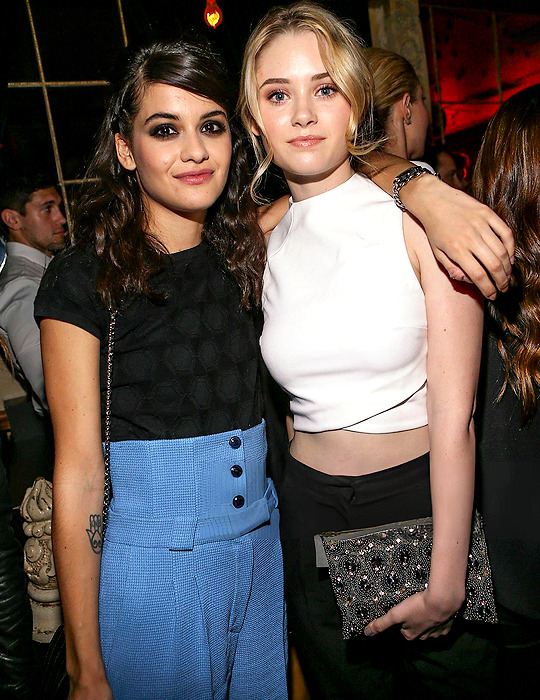
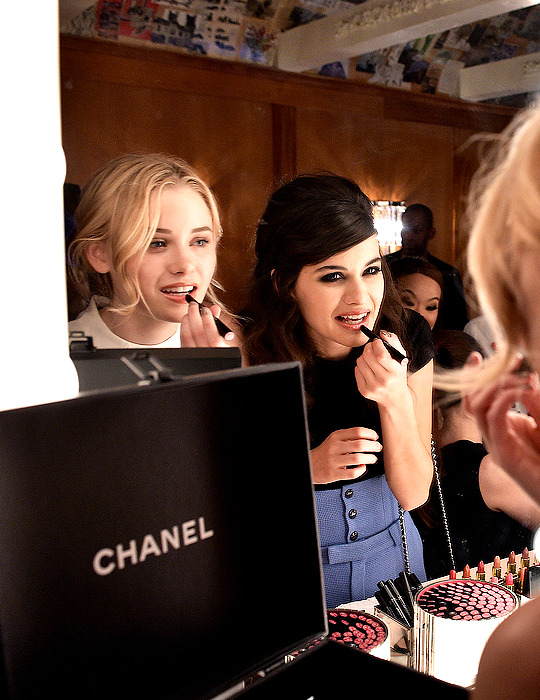


SOFIA BLACK-D'ELIA and VIRGINIA GARDNER at I Love Coco: Backstage Beauty Lounge & Cocktail Party. (Our Gallery)
#sofia black d'elia#sblackdeliaedit#virginia gardner#ginny gardner#virginiagardneredit#vgardneredit#femalestunning#wonderfulwomendaily#dailywomen#flawlessbeautyqueens#breathtakingqueens#edits#gallery updates
55 notes
·
View notes
Text




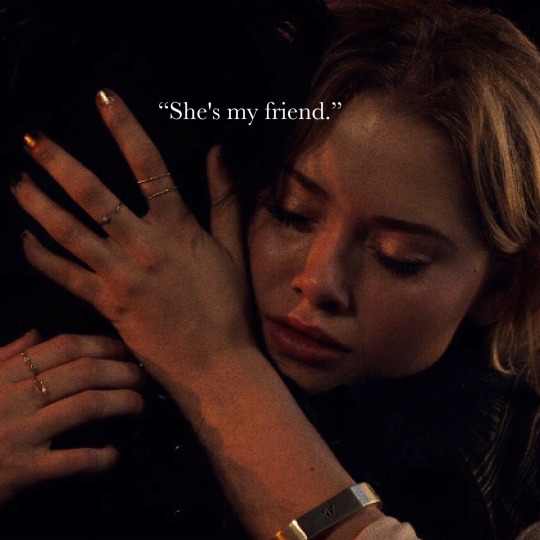
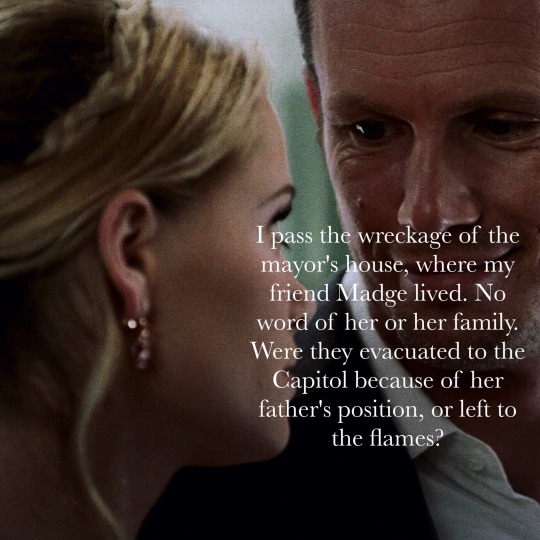

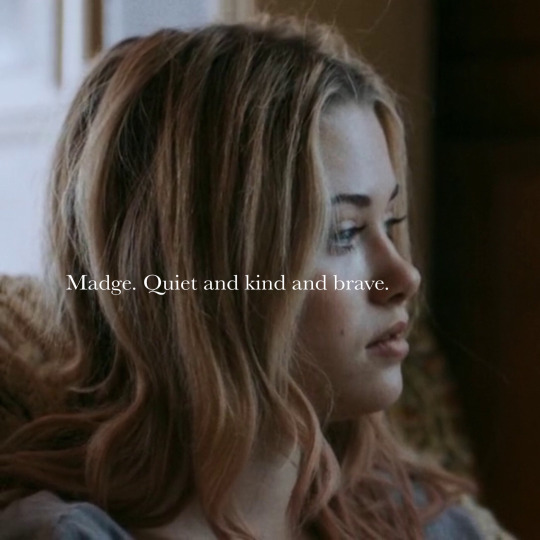


Virginia Gardner as Madge Undersee (2/2)
#madge undersee#virginia gardner#thg#fce#hunger games#fancast#the hunger games#catching fire#mockingjay#ya lit edit#aesthetic#myaesthetics
123 notes
·
View notes
Text
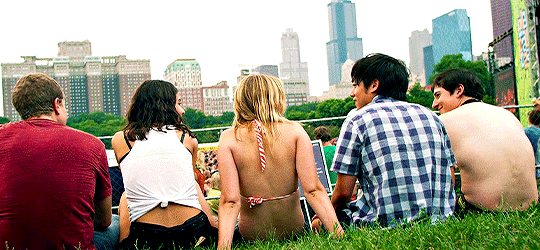

"We're best friends, man. We're best friends." | Project Almanac (2015)
Please do not save, repost, or edit these gifs for any reason, use the reblog button instead. Also please do not interact if you’re a celeb rp blog or if you write taboo content on your blog, thank you!
#project almanac#virginia gardner#sofia black d'elia#jonny weston#allen evangelista#sam lerner#sofia black-d'elia#vgardneredit#userdevon#this is gonna get no notes because underrated movie plus I have no idea what the film edit tags are and I always stress tagging people#without express consent but like... MY BABIES 🥺 I will tolerate zero Project Almanac slander in my tags#this movie does it's sole job - sparking happy brain chemicals in my head 😂#gifs:mine
26 notes
·
View notes
Text
Watch "Travis & Abby | under the influence" on YouTube
youtube
#beautiful disaster#travis and abby#travis maddox#abby abernathy#dylan sprouse#virginia gardner#youtube edit#under the influence#Youtube
16 notes
·
View notes
Text
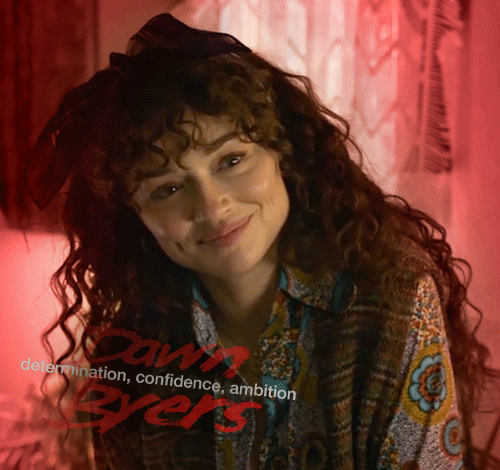

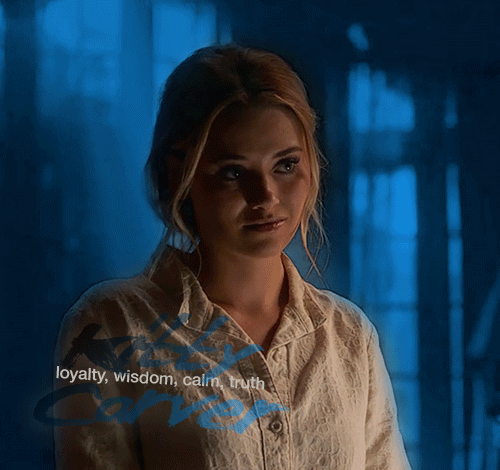

MY RESIDENTS OF HAWKINS + COLORS I ASSOCIATE WITH THEM

mutuals may interact, do not reblog
#*[ CARTER D : VISAGE x taylor hickson ]#character : danielle carter#*[ CARVER C : VISAGE x virginia gardner ]#character : catherine ‘kitty’ carver#*[ CARVER N : VISAGE x ben cook ]#character : nicholas carver#*[ BYERS L D : VISAGE x crystal reed ]#character : loretta dawn byers#*[ EDITS AND GRAPHICS ] . . . do not steal
9 notes
·
View notes
Text
virginia gardner gif pack
please click the source link to find 150 textless, medium sized gifs of actress virginia gardner in the 2024 movie f*@k, marry, kill.
name: virginia elizabeth gardner age: 29 years old ethnicity: caucasian warnings: alcohol, knives, blood gif size: 268x151


please do not claim as your own, redistribute or edit into gif icons or crack ship gifs without permission, use in real person/underage roleplays and please like or reblog this post if using.
27 notes
·
View notes
Text
by clicking the source link below you’ll be redirected to #58 gifs of virginia gardner in american horror stories [1.05]. all of the gifs were made by me from scratch, so please do not redistribute or claim them as your own, and do not edit in any way without my permission. please reblog post if you found these useful. tw: alcohol, kissing, flashing light

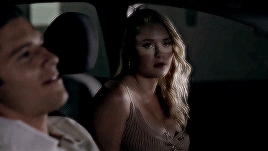

#gifsociety#supportcontentcreators#virginia gardner#virginia gardner gifs#virginia gardner gif hunt#virginia gardner gif pack#american horror stories#rph#gif hunt#gif pack#♡
121 notes
·
View notes
Text
How We Plan, Implement, and Publish Anthologies: Max Jason Peterson’s Planning Approach
Last week, I posted my personal notes from the Press’s Patreon Panel about lead-editing multi-contributor projects such as journals, anthologies, and fanzines. This week, I’ve got the notes from a second participant in that panel, Max Jason Peterson. He generously provided this write up so I could post it as a guest post on our blogs!
-
Most of my editing experience has been on behalf of nonprofits, who had their own budget, marketing, graphic design, printing, and distribution in place. I did spread the news and actively call for submissions. I also handled mailing (or arranging for mailing of) contributors’ copies.
This is not all my editing experience, but it’s what I’ll be discussing. It occurred under various bylines such as C. A. Gardner, Lyn C. A. Gardner, and Adele Gardner.
I’ve organized it along the timeline of when it occurred.
(read more)
Virginia Library Association (Virginia Libraries)
9 years; coeditor (with Cy Dillon) of VLA’s quarterly print journal, 2003-2012
The journal is archived online by Virginia Tech. Some issues are now only visible in HTML (transcription imperfect); others can also (or only) be downloaded as PDFs (for accuracy and original formatting).
Sample issues:
52.2, Welcoming Everyone
54.3, For the Love of Reading
56.4, The Particular Delight of Special Libraries
Sample interviews:
“History and the Work of Memory: An Interview with Luisa A. Igloria”
“Painting out of the Past: An Interview with Jay S. Paul”
Cy and I rapidly hit upon the idea of having themed issues. We actively promoted and solicited for submissions to these. For each issue, themed or not, we took turns or collaborated to provide an opening statement bringing the issue together.
This job often required a great deal of developmental editing. Since it was a professional journal rather than a newsletter, we sought a somewhat more formal style of writing. While many articles arrived in near-perfect condition, others held a more colloquial style and underwent rewrites. Cy and I also conducted interviews, wrote additional articles and book reviews, and covered sessions at VLA conferences (as well organizing coverage of other sessions from volunteers).
We worked to a deadline, as the journal was mailed to the entire membership on a quarterly schedule. From the beginning, often by email, sometimes by phone, Cy and I discussed each issue and the articles we had in mind (ones we’d solicit, or write, or had received over the transom), including our progress, division of labor, issues that arose, etc. We each solicited and/or developed articles by others, as well as conducting interviews and writing articles and book reviews. We each did the copyediting for the articles we’d brought in, and divided the editing for those that came in on their own. For each issue, one or both of us would create an introduction, which often became an article in itself.
While Cy and I did contribute book reviews from time to time, for many years the journal was fortunate to have a book review column organized by Sara B. Bearss and written by staff at the Library of Virginia. When Sara retired, Cy and I took on the task of organizing this column as well.
Throughout, Cy and I were always brainstorming future articles and special issues, which we would discuss and plan along with our ongoing work. Once we decided upon a theme and timeframe for a special issue, we would announce it in our introduction and put out several calls for submissions to the membership via the newsletter (while that was still in operation) and the general VLA listserv.
As coeditors of the journal, we were also part of the VLA Council and would attend their quarterly meetings and provide them with reports. We also found it helpful to announce upcoming themed issues and general calls for submissions, asking the council members to spread word among their contacts.
Cy and I set a timeline for each issue, though we did have a certain amount of flexibility. We needed a schedule so we could follow up with people who planned to provide articles (who might have queried us, or whom we might have asked to write about a topic they’d engaged with recently). We also needed to schedule times for interviews and make sure we received books we’d be reviewing (and, later, coordinate this with the other reviewers as well).
For the articles written by others, I would send changes back to the authors for approval wherever and whenever needed. Some articles only needed light copyediting; others might go through a few rounds of revision with the authors. Sometimes I requested additional content, including images or more exploration of an interesting point. I had a lot of background in this sort of work from my time as editor for The Mariners’ Museum.
Once Cy and I had everything ready, I assembled all the content into a big file and did a final copyediting sweep. For issues that included conference coverage, both of us selected images from those provided by VLA’s official conference photographer, Pierre Courtois. Many articles had visual elements as well. I sent all of these things to our graphic designer. The graphic designer sent us galley proofs. Both Cy and I reviewed the galleys, and I did the final proofreading. Once all changes had been made, the graphic designer sent the issue to the printer, along with the VLA mailing list, so the issue got mailed directly to the members.
The mailing list included extra copies sent to both Cy and myself (we specified the number we needed per issue). When the issues came back from the printer, I mailed copies to contributors I’d worked with, including those who were not members of VLA, such as the interviewees and subjects of book reviews. Cy did the same.
-
Science Fiction and Fantasy Poetry Association
SFPA provides detailed guidelines to all editors, covering the expectations of work to be performed and deadlines for all aspects, such as when/how submitters will be notified of acceptance/rejection, delivery of the content to the graphic designer, publication dates etc. The selected editor agrees to these terms.
Eye to the Telescope, Arthuriana
Issue 27, Jan. 2018
Eye to the Telescope is the online journal of the Science Fiction & Fantasy Poetry Association.
Each issue focuses on a theme proposed by that particular guest editor. To become a guest editor, you submit a proposal to SFPA with information about your suggested theme as well as your credentials. Once you’re accepted, SFPA gives you a slot and a timeline. Selected poems are purchased at the SFPA rate; there’s a budget cap for the issue, of which the editor must be mindful.
SFPA continually refines its guidelines. Here are the current guidelines for guest editors of Eye to the Telescope (including how to apply for the job).
The editor is generally expected to help publicize the issue, including spreading the news through all professional and personal channels available to them, both to call for submissions and share news of the publication. The editor also has a chance to participate in nominating published works for awards, such as Best of the Net and the Pushcart Prize. Because Eye to the Telescope has a different guest editor per issue, each editor will submit suggestions from their issue, and the SFPA Executive Committee then decides what to nominate.
As submissions arrived, I evaluated them and decided whether to pass immediately or hold some for further consideration. Some editors send a blanket rejection at the end to all poets at once; this is probably a better workload than what I did. I sent individual responses as the poems arrived, for two reasons: in a few cases, I wanted to run a possible change past the poet with no pressure on either side; and by sending rejections as the works came in, I invited the poets to try again if they wished during the open submission period.
I did end up with a large core group of strong poems that I wanted to include. The existence of a budget cap meant I had to make quite a number of hard choices. However, all the poems in the issue are ones I absolutely loved.
As I accepted works, I got in touch with the poets immediately to make sure the work was still available and the terms acceptable. I had a shortlist longer than my ability to publish, just in case any declined (I notified these poets that their work was held on the shortlist). As soon as I had the contents firmed up, I sent regrets to the remaining poets whose works I’d held but couldn’t use.
Then I assembled all the poems and wrote an introduction for the issue. I proofread, getting in touch with the poets as needed, and sent the material to the webmaster to create the mockup. I shared this proof with the poets for their review. One of the poets raised a few concerns, which we addressed. And then the issue went live and I helped spread word about that (and got a chance to help nominate some of the poems).
Dwarf Stars 2022 (coedited with Greer Woodward)
As with ETTT, SFPA has guidelines for editors which are regularly updated. A link to the most current “Dwarf Stars editor guidelines” may be found here.
The editor of the annual Dwarf Stars anthology is also the chair for that year’s Dwarf Stars Award. The anthology itself is the voting tool for the award. So achieving the deadline is imperative.
SFPA has set a specific nomination period when submissions may be sent (open from April 1-May 1). (This has since been revised so that people can send nominations any time using a form, as well as submit directly to the editor during the open submissions period). Anyone may nominate as many works as they like by anyone (including themselves), provided the work was first published in the previous year as a poem of 10 lines or less (100 words or less for a prose poem) containing speculative content (with the broadest definition of speculative).
Although many nominations did come in via email, the editors are expected to be familiar with a broad range of work published, to scour both literary and speculative journals for eligible works, and to be sure to consider the global field of speculative poetry. We did our best to peruse all the journals we could from around the world. From the very beginning, I reached out to both literary and speculative contacts and venues to spread word of the submissions period and request journals from editors.
Excerpts from the introduction [with additional comments in square brackets & italics]:
We sought far and wide to find qualifying poems, reaching out to organizations, editors, individual poets, and lovers of speculative verse. From 88 individuals who sent their own work and that of others, we received nominations that resulted in 1,371 qualifying poems covering the work of 408 separate poets and multiple issues of 171 journals and anthologies. As part of this mix, we ourselves carefully reviewed and collected work from multiple issues of 78 different magazines, and consulted all the SFPA members’ Rhysling-eligible files.
[These are files prepared for the Rhysling Award; some members had Dwarf Stars eligible poems but did not submit these works directly to us.]
Every single poem, as well as the cover art, was carefully rated by both of us and rose to the high spot through multiple rounds and styles of voting and discussion. Since we had such a large pool of poems we both loved, we found ways to showcase not only our convergence, but also where we shine as individual editors […]. We also decided to include one work per poet, so we might include as many poets as possible. Ultimately, we selected 120 small-but-mighty poems […] from multiple issues of 55 different publications, journals, anthologies, and collections. Our poets bring the world to us, currently hailing from Australia, Canada, England, Germany, Greece, India, Ireland, Israel, New Zealand, Pakistan, Scotland, Singapore, United Arab Emirates, United States, Vietnam, and more. We’re so grateful to cover artist Elisabeth Alba, who created Oberon, the Wizard Cat. We did a lot of looking to find him, scrolling through 700 or more images […].
[I leaned heavily on my membership in the Society of Children’s Book Writers and Illustrators, particularly the Illustrators Gallery, in which I also take part. The fact that I was a fellow member helped when I reached out to our shortlisted artists and inquired whether they’d be amenable to their work being used for our cover. Our first choice, Elisabeth Alba, a pro artist frequently published by Llewellyn,agreed in part because SFPA is a nonprofit.]
A number of the poems we wanted to include were ones we found rather than having sent to us. And some of those sent to us were nominated by others, not the poet. So we did have to do some legwork to find some of the poets. In many cases I reached out to the editors who’d published them. A few we were unable to reach by the tight deadlines we needed to meet. But we had such a long list of poems we wanted to include. In order to stay on schedule, I had to give deadlines by which we needed interested poets to respond to verify that the work was eligible, that it could be reprinted, and that they wanted us to do so, as well as be available to review the proofs. When the deadline passed for those we couldn’t reach, we contacted the next ones on the list.
We did have some technical difficulties with the official email address for submissions, which was set up to forward to the editors’ actual email addresses. Fortunately, some people got in touch with us through alternate routes to let us know that submissions were randomly bouncing from the official email address. But this meant that we needed to respond to all nominations immediately (rather than sending a blanket thank you) so that people were aware of whether their messages had reached us.
Considering this number of poems was challenging for a number of reasons—including not only the agreement of two editors, but multiple nominations for the same works. I created spreadsheets galore to tackle everything, including whether we’d responded to people who’d nominated work, titles and publication details for nominated works, who sent it, and the contact details for everyone involved. And then, whether it had been selected, whether we’d let the poet know, and whether they’d agreed, etc.
I created massive files of eligible works for both of us to consider and vote on. We held several rounds of voting as we narrowed down our selections. (We did the same with our potential cover art—which has the earliest deadline.)
With the acceptance letters, we asked the poets to confirm or provide an official copy of their work. I assembled these into one big file and proofread, getting in touch with the poets as needed, and giving them all a chance to review their work at multiple proof stages. Meanwhile, Greer and I created the introduction for the book. Then I sent everything to SFPA’s graphic designer, F. J. Bergmann. In addition to Greer and myself reviewing the proofs, I sent them out for the poets to review and passed on the changes. We were up against the deadline and had a lot of proof reviews at the last minute.
I also wrangled the mailing addresses for all the included poets to receive their contributor copies. When there were issues, there was some back and forth with me acting as go-between.
I obtained and passed on information about contributors’ discounts and postage breaks if ordered before printing. I was told that there were quite a lot of additional orders for this edition of Dwarf Stars.
Dwarf Stars 2022 contains truly exceptional work. Please check out the winners and honorees here.
It’s well worth mentioning that in addition to taking second place in the 2022 Dwarf Stars Award for his poem “Colony,” Jamal Hodge is the first black man to win or place in the competition.
3 notes
·
View notes
Text

*✶ cozysip alternative fc series : sydney sweeney edition
virginia gardner : 28 years old - white
lee hojung : 26 years old - korean
priscilla quintana : 30 years old - mexican
shiori kutsuna : 30 years old - japanese
madison iseman : 26 years old - white
reneé rapp : 23 years old - white
myra molloy : 25 years old - thai, white
alyah chanelle scott : 25 years old - african-american
template by @oppalus
#016. ALT FCS : mine.#virginia gardner fc#lee hojung fc#priscilla quintana fc#shiori kutsuna fc#madison iseman fc#reneé rapp fc#myra molloy fc#alyah chanelle scott fc#alt fc#fc help#rpc#rph
54 notes
·
View notes
Photo
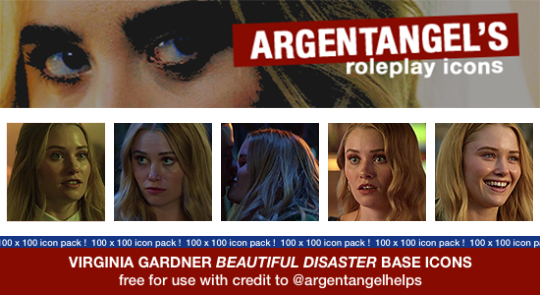
276 ICONS OF VIRGINIA GARDNER IN BEAUTIFUL DISASTER
all icons are free to use with credit to @argentangelhelps !
you may edit to your liking (add borders, psds, textures ect)
do not use for : celebrity/real person rps or paid commissions, everything else is up to user discretion. (don’t make me change this rule)
they are edited (sharpened) in ps, however they are meant to be used under the psd of your choice! if you choose to use them as they are they should work just fine! they are 100px square and do not come with any borders.
all screencaps used are my own, and they are available for download should you be interested (send an ask to this blog!)
FACECLAIM INFO : virginia is white
TRIGGER WARNINGS : drinking, kissing/implied intimacy, vulgar gestures
the zip file is free to download on my PAYHIP! they can also be found in a gallery HERE !
LIKE OR REBLOG IF YOU SAVE OR USE!
#virginia gardner#virginia gardner rp icons#virginia gardner base icons#ginny gardner#ginny gardner rp icons#ginny gardner base icons#beautiful disaster#abby abernathy#rp icons#static icons#roleplay icons#base icons#*[ rp icons ]
15 notes
·
View notes
Text
Today's joy with Rachel Joy Scott Friday edits is Rest In Peace to those famous stars & angels Verne Troyer, Richard Griffiths, Alan Rickman, Richard Harris, Michael Gambon, John Hurt, Robbie Coltrane, Helen McCrory, Roberts Blossom, Billie Burke, Frank Sutton, Jim Nabors, Judy Garland, Margaret Hamilton, Clara Blandick, Shirley Temple and baby Leroy, Paul Grant, Leslie Phillips, Robert Hardy, Timothy Bateson, Terence Bayler, Robert Knox, Sam Beazley, Paul Ritter, Dave Legeno, Peter Cartwright, Derek Deadman, Hazel Douglas, Alfred Burke, Jimmy Gardner, Elizabeth Spriggs, Bob Newhart, Tom Poston, Dean Martin, Mary Frann, Betty White, Rik Mayall, Brian Nickels, Jerry Reed, Matthew Perry, Raymond Burr, Mary Ann Jackson, Dorothy DeBorba, Mary Kornman, Mildred Kornman, Peaches Jackson, Peggy Cartwright, Darla Jean Hood, Jean Darling, Peggy Montgomery, Bob Barker, Lucille Ricksen, Michael Kenneth Williams, Pat E. Johnson, Richard Burton, Cyril Cusack, Roger Lloyd Pack, Peter Frye, John Boswell, James Walker, Shirley Rosemary Stelfox, Shirley Jean Rickert, Janet Key, June Marlowe, Virginia Weidler, Jane Withers, Peter Michael Falk, Bruce Kirby, Mike Lally, John Finnegan, Robert Culp, Vito Scotti, Val Avery, Fred Draper, Alan Fudge, Gene Wilder, Jack Albertson, Richard Belzer, Richard Bull, Jerome Guardino, Bill Zuckert, Steven Gilborn, Ed McCready, Paul Carr, James Avery, Parley Edward Baer, Sherman Hemsley, Ellen Albertini Dow, Carl Reiner, Alan Wolf Arkin, Michael Jeter, Debbie Lee Carrington, James Caan, Ed Asner, Ana Ofelia Murguía, Paul Newman, Madge Sinclair, Robert Guillaume, Mary Ethel Gregory, Michael Landon, Katherine MacGregor, Kevin Hagen, Dabbs Greer, John Heard, Leonard Stone, John Candy, Victor Edwin French, Robin Williams, Peter Fonda, Geoffrey Palmer, Olivia Newton-John, Eve Arden, Rose Joan Blondell, Alice Ghostley, Darrell Zwerling, Dody Goodman, Lance Reddick, Andy Griffith, Don Knotts, Anissa Jones, Bridgette Andersen, Dominique Dunne, Samantha Reed Smith, Heather and Judith Barsi, Fred Rogers, Olivia Twenty Dahl, Roald Dahl, Sofie Magdalene Dahl, Walter Elias Disney, Ruth Flora Disney, Denise Marie Nickerson, Louis XVII, Lois Janes, Marie Thérèse de France, Christopher Plummer, Eazy-E, Peter Cartwright, John William "Johnny" Carson,
1 note
·
View note
Text

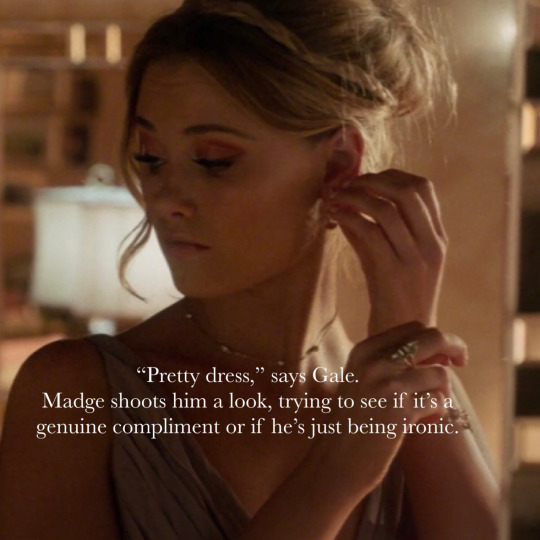

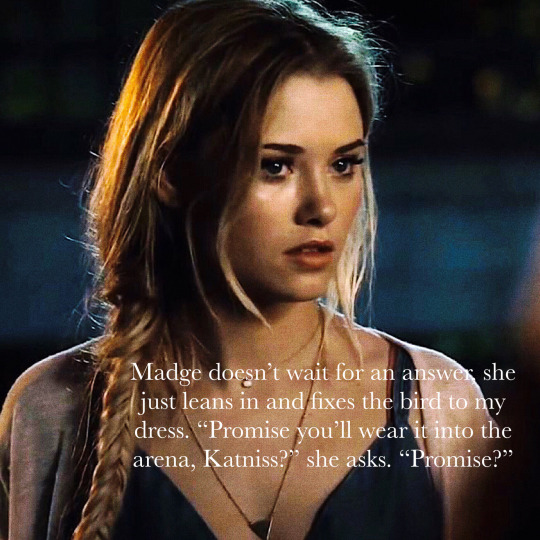
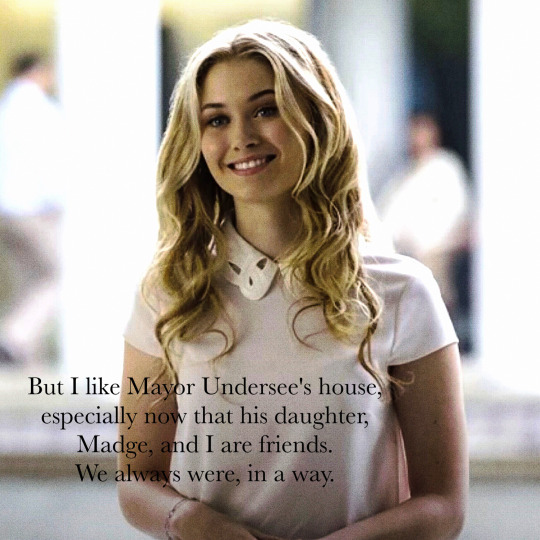
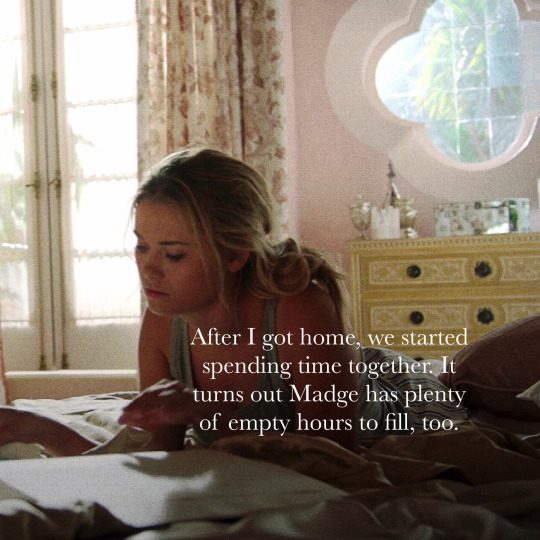
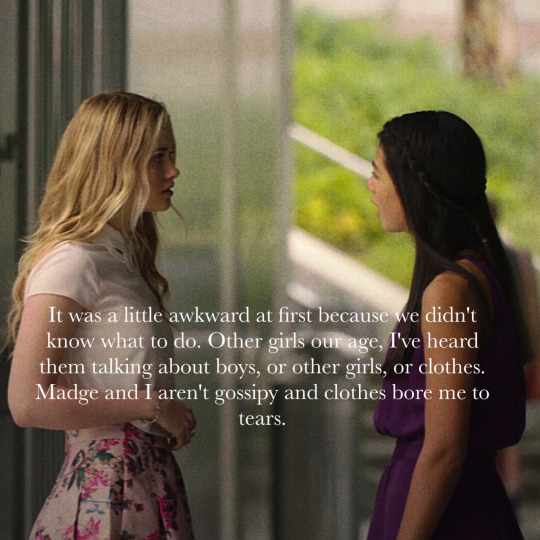


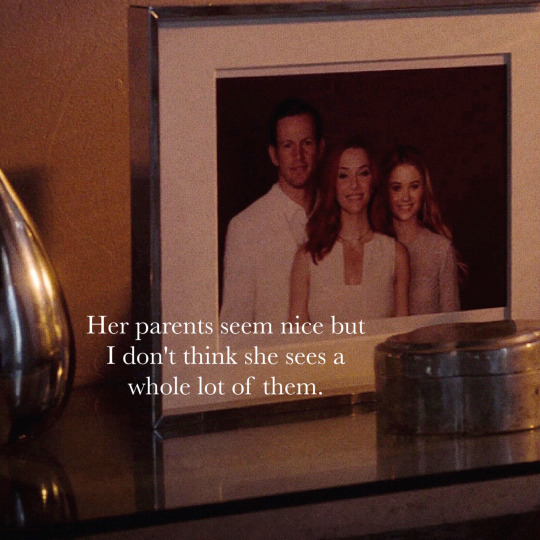
Virginia Gardner as Madge Undersee (1/2)
#madge undersee#thg#hunger games#fancast#virginia gardner#kadge#gadge#ya lit edit#aesthetic#edit#the hunger games#catching fire#Katniss everdeen#fce#myaesthetics
125 notes
·
View notes